Ophidiophobia is the name given to the fear of snakes. It is known to be the most widespread phobia on the planet, only after arachnophobia which is the fear of spiders. As with every phobia, snake fright is nearly totally irrational. This might seem a bit strange but the following stats back up this assertion.
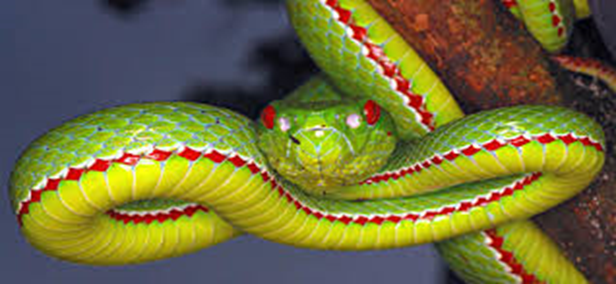
- There are estimated to be around 3,000 snake species on the planet, yet just around 15% of them are venomous.
- They do not seek out humans to attack. Snakes typically lash out as a protective mechanism, when threatened.
- Since a snake’s defensive mechanism causes them to strike, their bites are usually “dry”, meaning there is no venom released by the snake when they strike.
- The majority of snake bites happen when people attempt to kill or catch snakes.
- Numerous bites in the United States happen to people that keep unusual and exotic snakes. This serves to inflate the statistics of snake bite.
- The probability of a snake bite victim dying from the bite in the US is around 0. Surprisingly, the odds of dying by electrocution from lightning is 9 times higher in the US.
- Those in Europe are unlikely to die from snake bites, excluding just Russia which has a substantial amount of fatalities caused by snake bites.
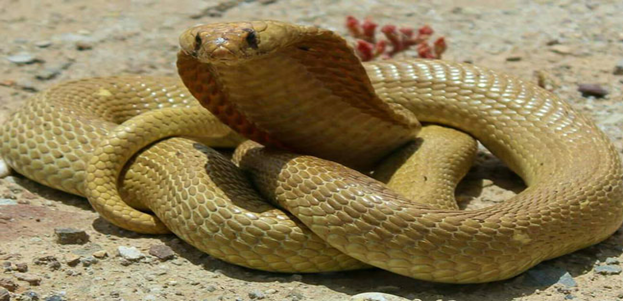
It is imperative to avoid being bitten in the first place. This post is to help you ascertain the things that should be done, in the event of a snake sighting as well as help you
know cootonmouth snake facts. Of course, the first involuntary action would be to panic, but below is a list of things that should be done, in the event of a snake bite.
Be Calm and StayExtremely Still!
There two important reasons for remaining still and calm after receiving a snake bite. The primary reason would be to avoid being bitten by the snake again. Either it is venomous or it isn’t, one bite is a whole lot less trouble than two. It is important to remember that snakes bite simply as a means of defense. Remain still and the snake should escape.
The next reason for remaining calm after a snake bite, is to lower the rate at which the venom spreads. Contrary to widespread knowledge, snake venom travels via the lymphatic system and not via the blood. The circulatory system has the heart operating as a pump, moving blood all through the body in a loop. Lymph doesn’t operate this way, as it moves towards the neck in a single direction. It doesn’t have a pump system and relies solely on motions caused by joints and muscles to transport it from one cell to another. If a snake bite victim stays totally still, the lymph and consequently the venom it contains are unable to move.
Do NOT Attempt to Suck Out the Venom
Unfortunately movie scenes, especially those of cowboys have put into people, the idea of cutting around the wound to suck out the venom. This is not plausible, as venom travels rapidly via the lymph. Before one begins to suck, the venom is en-route to its destination.
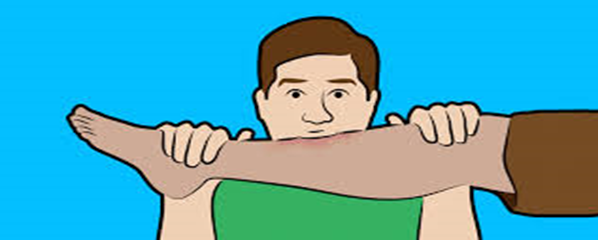 Do NOT Apply a Tourniquet
Do NOT Apply a Tourniquet
Applying a tourniquet is another of Hollywood's snake bite fallacies. While applying one to stop venom from moving around the body might seem logical,but it is something that shouldn’t be done.
Experts say, using a tourniquet ensures the venom is localized in one spot, causing it to swell and the result is likely amputation. This swelling also means it is harder to administer antivenin.
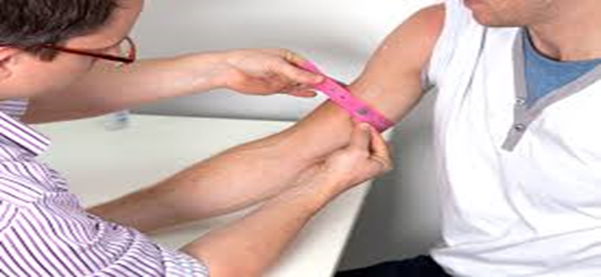
It is however acceptable to apply a bandage that immobilized and administers pressure to the snake bite. The aim is to keep the venom in just that limb so it doesn’t reach vital organs or stay in a particular spot. It is imperative not to restrict blood flow.
Do NOT Rinse the Snake Bite
In the event of a bite from an unidentified snake, it is important not to wash the site and seek medical attention, so the medical staff can ascertain if the bite is venomous or not and if venomous, they are able to test for the specific kind.
Do Not Try to Catch the Snake
Getting an image of the snake that caused the bite, is a great way to help medical staff ascertain the kind of antivenin a victim needs to be administered. It is extremely dangerous to try to kill or catch the snake.
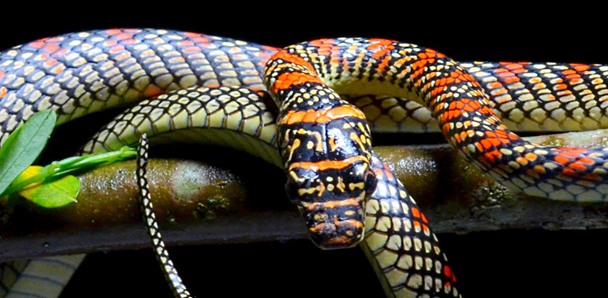
The most likely result of that action is another snake bite. Also trying to catch the snake will result in the victim having to move about, causing the rate at which the venom is traveling through the lymph system to speed up.Get Medical Help Immediately!In short, it’s best to leave the theatrics seen in snake bite movie scenes to the actors. Calling for professional medical help is the right course of action. It is best to stay completely still while waiting for help.